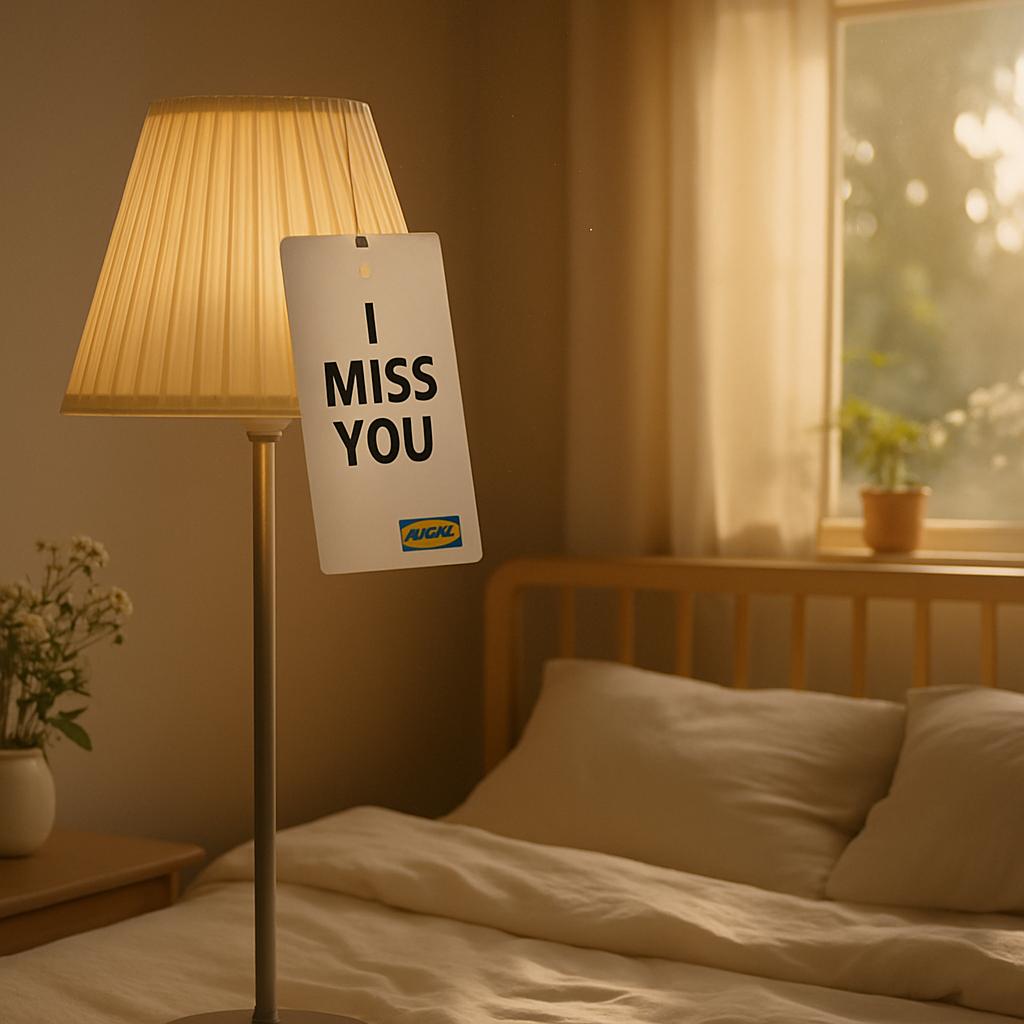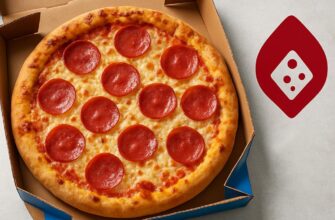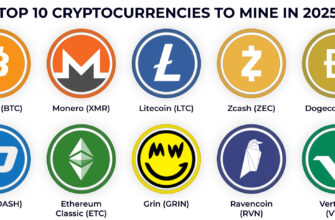Ikea has long been synonymous with clean design, affordable furniture, and a certain democratic clarity in shopping. Recently, the Swedish retailer leaned into a subtler form of communication—one that turns the humble price tag into a tiny stage for poetry and personality. The result is a campaign that asks shoppers to pause, smile, and maybe rethink what a price tag can do.
- The idea in plain sight
- How the tags speak
- Examples from the shelf
- Why this resonates now
- Crafting words for small spaces
- Design choices that matter
- Customer responses and social chatter
- Retail transparency, reimagined
- Challenges and critiques
- How smaller brands can borrow the idea
- Operational considerations
- Measuring success
- When micro-copy becomes culture
- My own experience on the shop floor
- Beyond retail: lessons for communication
- What comes next
- A final note on staying memorable
The idea in plain sight
At first glance, a price tag is a purely functional artifact: number, barcode, name. Ikea Sweden’s poetic new campaign lets the price tags do the talking by printing short, unexpected lines on those everyday labels. The lines are brief—just a phrase or two—yet they shift the mood of the store from transactional to conversational.
What makes the idea interesting is how small the intervention is. Rather than splashing ad copy across billboards or interrupting streaming shows, the campaign meets customers where they already are. It converts a utilitarian object into a moment of surprise and tiny delight.
How the tags speak
The campaign’s messages are spare and carefully pitched: wry observations, tender nudges, even a touch of melancholy. A lamp’s tag might read, “Shines for late-night readers,” while a simple stool’s label could say, “Holds your stories.” The tone avoids gimmickry; these are lines that feel like nicknames rather than sales pitches.
Execution matters. Font choice, spacing, and the tag’s physical placement all determine whether a line is read and absorbed. The copy is short enough that a shopper glancing at a shelf will catch it, but substantial enough to register emotionally. In effect, each label becomes micro-poetry inside a warehouse of ideas.
Examples from the shelf
To illustrate how subtle wording changes perception, consider a few hypothetical tag lines and the products they might accompany. These are not exhaustive, but they convey the campaign’s spirit: brief, human, and quietly imaginative.
| Product | Price | Tag line |
|---|---|---|
| Reading lamp | $34.99 | “Shines for late-night readers” |
| Foldable stool | $12.99 | “Holds your stories” |
| Glass set | $9.99 | “Cheers to small victories” |
These pairings demonstrate how a few well-chosen words can create a narrative bridge between product and purchaser. The aim is not to obscure the price but to add a frame of meaning around it.
Why this resonates now
We live in a retail landscape saturated with noise: pop-ups, targeted ads, endless brand messaging. A micro-intervention like poetic tags stands out precisely because it is quiet. It respects attention rather than demanding it, which can be a rare quality in modern marketing.
Psychologically, the campaign taps into a simple truth: consumers like to feel seen. A small phrase that reflects a shopper’s life—late-night reading, shared dinners, new apartments—creates an instant, low-effort bond. That bond can be more persuasive than a list of features or a markdown sticker.
Crafting words for small spaces
Writing micro-copy is a specialized skill. You must convey tone, hint at use, and evoke emotion in the space usually reserved for numbers. The result has to be readable at a glance but memorable enough to linger. This constraint breeds creativity rather than limiting it.
Good micro-copy often borrows techniques from poetry and headline writing: strong nouns, active verbs, and a clear voice. It also relies on humility; these lines don’t try to do too much. They are companions to the product, not its spokespersons.
Design choices that matter
Beyond the words, physical design shapes how a tag reads. High contrast, legible type, and uncluttered margins ensure that the line will be noticed. Tag placement also counts—a line tucked behind packaging or near a barcode will be lost, while one positioned at eye level will be discovered.
Color choices can add another layer. A muted palette keeps the focus on the phrase and price, while a bolder accent can help a tag catch the eye. Ikea’s design ethos—utility married to warmth—translates well to this approach.
Customer responses and social chatter
Customers who notice these tags often share photos or comments on social media, turning personal discovery into public conversation. Short, quotable tag lines naturally lend themselves to reposting, which amplifies the campaign without heavy media spend. Those organic ripples can extend reach in a way traditional ads rarely match.
Of course, not every shopper will pause. Many will still breeze past on a shopping list mission. But for those who do slow down, the tags create a memorable micro-moment—a little story embedded in a chore—that can influence brand sentiment long after the cart is unloaded.
Retail transparency, reimagined
Poetic price tags can also be read as a form of transparency theater: they don’t hide the price but they humanize the transaction. When a price tag names a use or a feeling, it frames the purchase in terms of lived experience rather than mere numbers. That reframing can soften the calculus of buying.
This approach doesn’t replace the need for clear pricing or ethically sourced materials. Instead, it complements those foundations by adding a layer of empathy. In a market crowded with utility, emotional clarity becomes a differentiator.
Challenges and critiques
No campaign is without trade-offs. Some critics might argue that poetic tags risk trivializing serious buying decisions or distracting from product information. There’s also the danger of the copy feeling contrived if it leans too hard on sentimentality.
To mitigate these risks, the best implementations keep a steady hand: keep the language honest, avoid hyperbole, and ensure that essential information—dimensions, price, care instructions—remains clear. Balance is everything.
How smaller brands can borrow the idea
You don’t need Ikea’s scale to experiment with micro-copy. Small boutiques, independent makers, and online stores can adopt a similar tactic by adding short narratives to product pages, packing slips, or even shipping labels. The cost is low; the potential for brand differentiation is high.
Start with your best-selling items and test a few lines. Track social mentions and customer feedback. Over time, these tiny editorial choices can accumulate into a recognizable voice that customers come to expect and enjoy.
Operational considerations

Implementing poetic tags in a large retail system requires coordination between copywriters, designers, and supply chain teams. Change management matters: barcodes, SKU labeling, and inventory systems must all remain intact while the aesthetic layer is introduced.
Testing at a pilot store can reveal workflow bottlenecks and customer reactions before a full rollout. Small changes in tag size or placement can have outsized effects on readability and reception, so iteration is crucial.
Measuring success
Success metrics for this kind of campaign aren’t limited to direct sales. Look for increases in social media engagement, time spent in-store, and brand sentiment scores. Customer surveys can capture qualitative shifts: do shoppers feel more connected to the brand? Do they remember lines or moments from the visit?
Hard numbers matter, of course, but the intangible benefits—memorable customer experiences and an elevated brand voice—are part of the ROI equation. Over time, those softer gains can translate into loyalty and word-of-mouth growth.
When micro-copy becomes culture
Language is contagious. A few evocative lines can stick and spread, shaping how people talk about a brand. If customers start quoting a tag to friends, the brand moves from being a place to buy things to becoming a cultural reference point. That’s where micro-copy has its greatest power.
For retailers, the lesson is simple: invest in voice. It doesn’t require grand gestures—just consistent, well-crafted moments that reflect the values you want to embody.
My own experience on the shop floor
Ikea visits have been part of my life for years, mostly practical runs for a lamp or a bookshelf. On a recent trip, I noticed a tiny tag that read, “Made for first apartments and forever homes.” It made me smile and, more importantly, it made the purchase feel like a small narrative decision rather than a mundane exchange.
That moment stuck with me through the rest of the trip. I took a photo, later shared it with friends, and found that several of them had similar stories from their local stores. Those shared stories are the kind of organic reach advertisers pay a lot to earn.
Beyond retail: lessons for communication
The campaign’s broader lesson applies to any organization that communicates under constraints: be concise, be human, and respect the reader’s attention. When space is limited, truth and specificity win. Generalities sound hollow; concrete moments resonate.
Whether you’re crafting an app notification, a product label, or an email subject line, the same principles apply. Micro-communication, done well, builds trust and invites curiosity.
What comes next
As shoppers become more attuned to subtle brand touches, we may see more retailers experiment with poetic or narrative micro-copy. The key will be authenticity—copy that reflects real use and real emotions will outperform lines that read like forced cheerfulness.
For brands, the path forward involves listening as much as speaking. Observing how customers respond, iterating on language, and preserving clarity will ensure these small interventions continue to feel like genuine human contact rather than marketing theater.
A final note on staying memorable
Poetry on a price tag is a small thing with outsized potential. It proves that even the most ordinary objects can carry personality and meaning. In a world where attention is fragmented, a tiny, well-timed phrase can be the difference between being noticed and being ignored.
Ikea’s experiment with poetic tags reminds us that good design is as much about language as it is about form. When words meet objects in thoughtful ways, the shopping experience becomes richer and a brand’s voice becomes harder to forget.
Enjoyed this piece? Visit https://news-ads.com/ to read more articles and explore other materials from our website.







